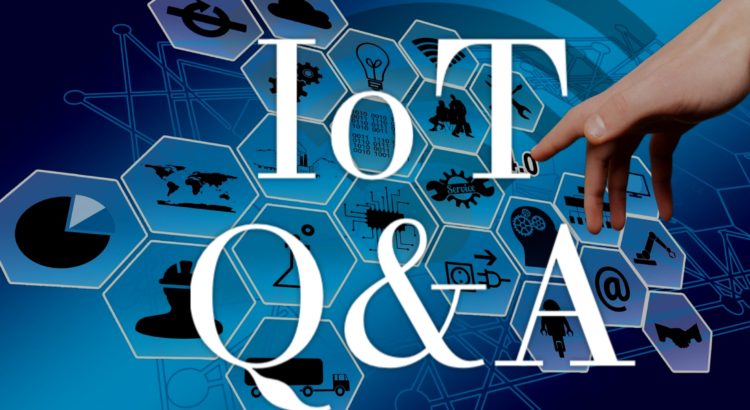The SNIA Cloud Storage Technologies Initiative (CSTI) webcast on IoT explored how the explosion of data generated from IoT devices creates unique challenges in the way we store, transmit and curate data. If you missed the webcast, you can watch it on-demand. This topic generated several interesting questions. As promised during the live event, here are answers to them all:
Q. Do IoT devices consume as much data as they produce?
A. It really depends on the device. There are some like sensors that will only produce data and transmit it on, on the other hand the more intelligence built into these devices the more need there might be to consume data to drive that intelligence. In the future, it’s possible there will be much more device to device (or peer to peer) traffic between IoT devices, cutting out the leg back to the data center altogether for data that doesn’t need to be there.
Q. How can we educate the Manufacturers to start adding security features needed to the IoT devices?
A. This is being managed through legislation in places such as Europe. But it probably isn’t the manufacturers that need educating. They already know the need for security and the risk of having poor practices. The people that need to be educated are the users and consumers of the technology. This will mean the market will move to reward those that care about security and punish those that ignore it. Mostly, the lapses in security have been more about mistakes and unintended consequences of pushing a certain feature, however an educated market place can make those judgements much better. From a manufacturing perspective, there needs to be a better, standardized way of reporting incidents and security flaws in such a way that organizations have time to respond with patches before the information can be exploited. We already have a pretty good model for this in software engineering with principles such as lead time from discovery to public disclosure to enable time for fix. This leads to bug bounties and other measures that encourage secure design. These same principles could map easily into the IoT world as well and with that educated marketplace, there will be many more guardians.
Q. To have efficient IoT devices, WiFi plays a critical role to have proper synchronization with uninterrupted information. So, is WiFi 5 efficient enough to get it connected with many devices or would WiFi 6 be required to have many connected IoT devices?
A. WiFi 6 (812.11ax standard) provides faster speeds and better performance in congested areas. So yes, this can potentially bring benefits to an IoT implementation. Of course, there is a dependency on device availability and not all vendors have adopted the standard fully yet. This is largely due to the certificate only being issued in September 2019. We also have the emergence of 5G radio technology that will one day be the standard for wireless networks servicing mobile phones. This also provides higher speeds and better congestion management as well as power efficiency required when deploying many devices. In summary, the WiFi standards continually advance and IoT traffic will absolutely be able to take advantage of that. We must also ensure that our data acquisition, persistence and management keep pace and that if we are plugging this into real-time networks, are inference engines are deployed to cope with both the scale and volume of data the new technologies can deliver.
Q. In your camera example, is there an opportunity to do that inference at the edge directly on the camera or in close proximity to the camera? Network connectivity then becomes less of a latency concern.
A. Absolutely. Cameras are becoming intelligent in that inference engines can form part of the IP camera. This removes the latency issue for immediate inference, but there is a limited capacity meaning that models will need to be pruned and optimized potentially sacrificing accuracy. If the inference is happening near the camera, which is very often the case even if it’s not on camera, then latency from the camera and video management system can impact the solution. However, the ability to improve accuracy and model complexity as well as the ability to aggregate multiple data sources together, might mean this is a requirement. An example might be leveraging video analytics for social distancing. In order to resolve an object’s position in 3-dimensional space with reasonable accuracy it becomes necessary to track from at least two cameras so that we can apply trigonometry to calculate angles and therefor position relative to known markers. An on-camera solution won’t help here, but a near camera, edge-based solution, would.
Q. Is there any collaboration between the IoT efforts at SNIA and another SNIA initiative around Computational Storage? Many IoT devices include some form of storage already and the idea of localized processing where the data is created and stored, may help solve some of the latency and security challenges mentioned.
A. Yes, there is synergistic work taking place, and the SNIA Computational Storage Special Interest Group is developing an extensive set of use cases for a variety of on-drive computational services that can help with the latency challenges. There is also work underway to define a set of security models based on threat challenges that CS shares with other systems and devices, and some that apply uniquely to them. There will be a number of overview and technical documents this year that address these issues, and as is usual for SNIA, they will be publicly available on the SNIA website.
